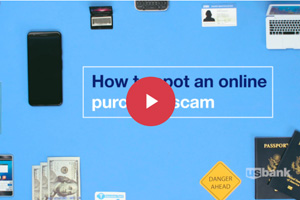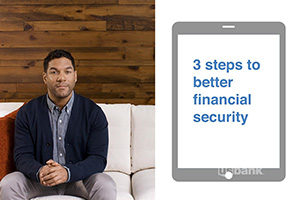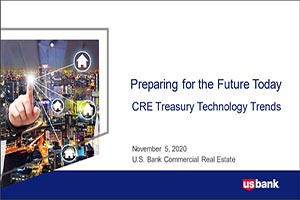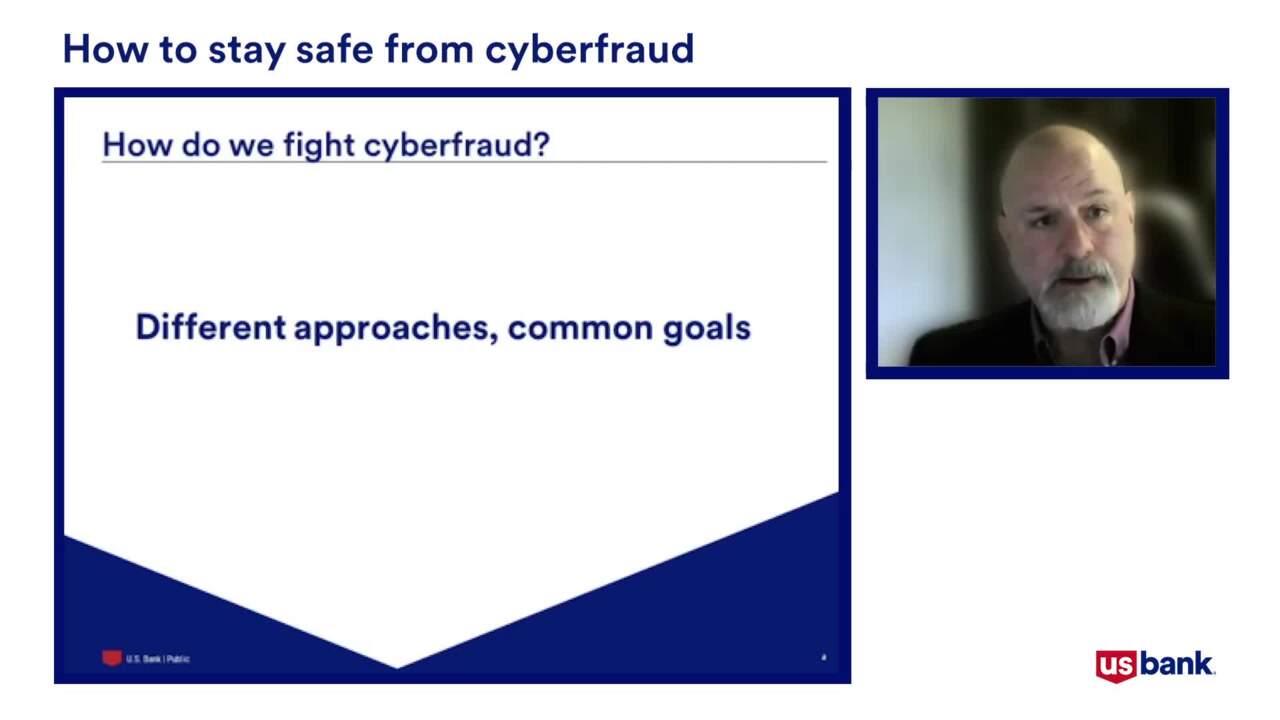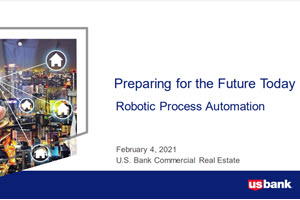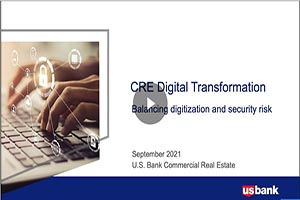Read about the latest insights and trends on cybersecurity from prominent experts
Even a seemingly harmless face-altering mobile app can create headaches for cybersecurity firms. While companies and consumers continue to manage their personal data, cybercriminals look for new ways to steal that information.
Here are some insights on the latest cybersecurity news, and steps to take in the long-standing fight against cybercrime.
Privacy concerns hound popular smartphone app
In July 2019, the face-altering mobile application FaceApp gained renewed attention following use by prominent celebrities. However, some shady language in the app’s terms drew fire from consumer privacy advocates. Alarice Rajagopal, editor of Cyber Security Hub, explains how the app’s origins have caused alarm for privacy concerns:
“While the average consumer may not realize the implications for giving up facial recognition data to an organization based in a country that launched a hacking campaign during the 2016 election, cyber security professionals have been warning of the use of artificial intelligence technology like this for some time.”
The cybercrime industry expands in 2018
Even as organizations ramp up efforts to combat cybercrime, the industry experienced massive growth in 2018. According to a report by the Internet Society’s Online Trust Alliance (OTA), cybercrime generated $45 billion in 2018, an increase of several billions from the prior year. Scott Ikeda, technology futurist and writer for CPO Magazine, notes that the amount of damage offset a reduction in incidents.
“The report highlights both positive and negative impacts in 2018. Many of the most common types of attacks – ransomware, data breaches, and DDoS – were actually down in terms of overall count in 2018. But the financial damage done by many attack types was up significantly. Ransomware losses rose by 60% in spite of the downturn in overall incidents, business email compromise losses rose by a staggering 200%, and there were three times as many cryptojacking incidents.”
State and local governments feel the pain
With fewer resources and smaller teams than large corporations or federal agencies, state and local governments are increasingly subject to cybercrime attacks. This story from Pymnts.com shows how two small Florida towns dealt with crippling ransomware threats.
“A city spokesperson confirmed earlier this month that the government had voted unanimously to pay the ransom on top of the costs of attempting to fix and replace the computers that were compromised in the cyberattack. Just days later, it happened again: another Florida city, Lake City, confirmed to reporters that it had been compromised by a ransomware attack and agreed to pay the ransom to regain control.”
Phishing moves to mobile
While desktop users grow adept at rejecting phishing scams, mobile users still fall victim at higher rates. A recent report from Verizon notes that there are more completed phishing attempts on mobile devices than on desktops or work stations.
“Research shows mobile users are more susceptible to phishing, probably because of their user interfaces and other factors. This is also the case for email-based spear phishing and social media attacks."
Read more on the topics of cybersecurity and how to protect your organization from fraud.





























